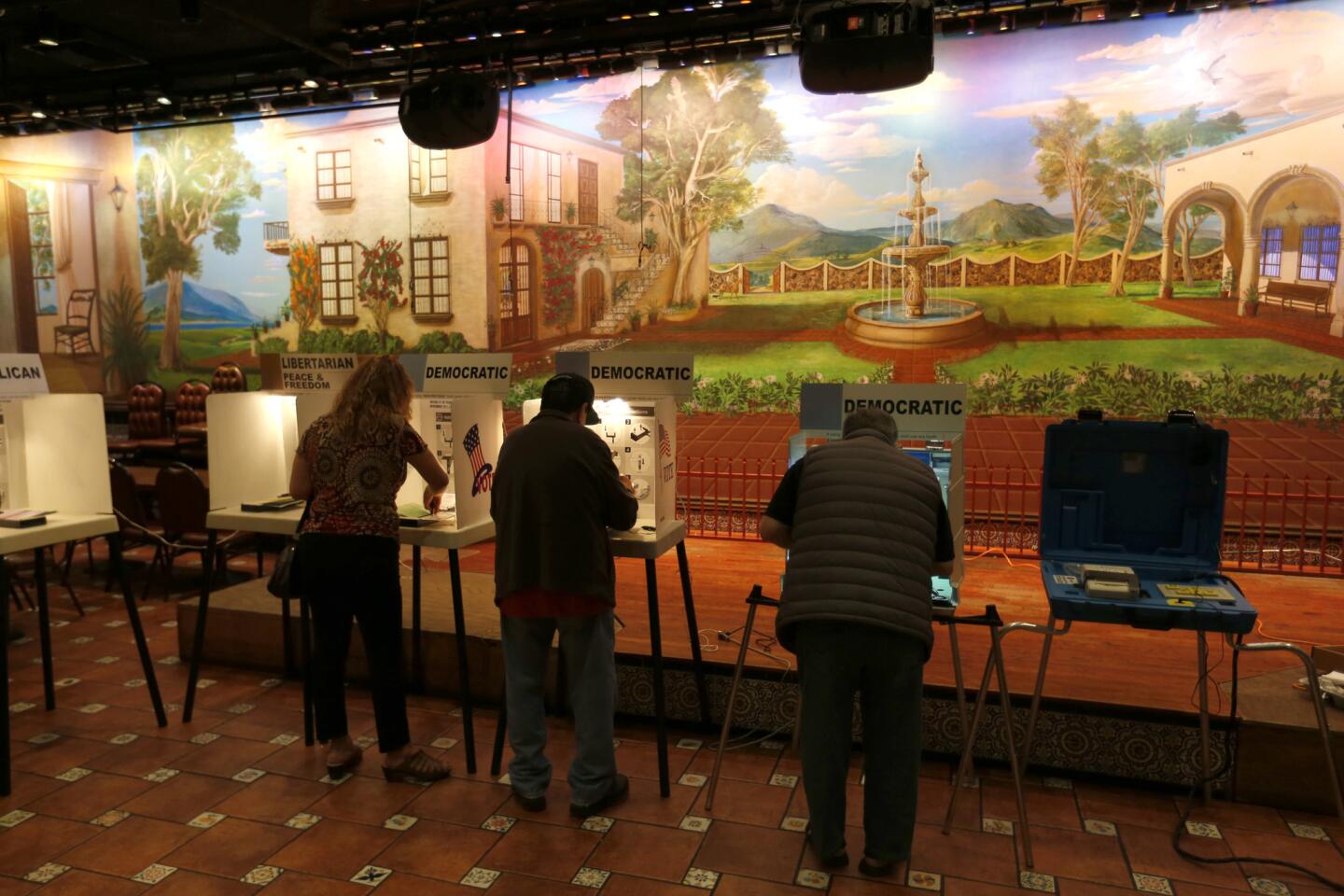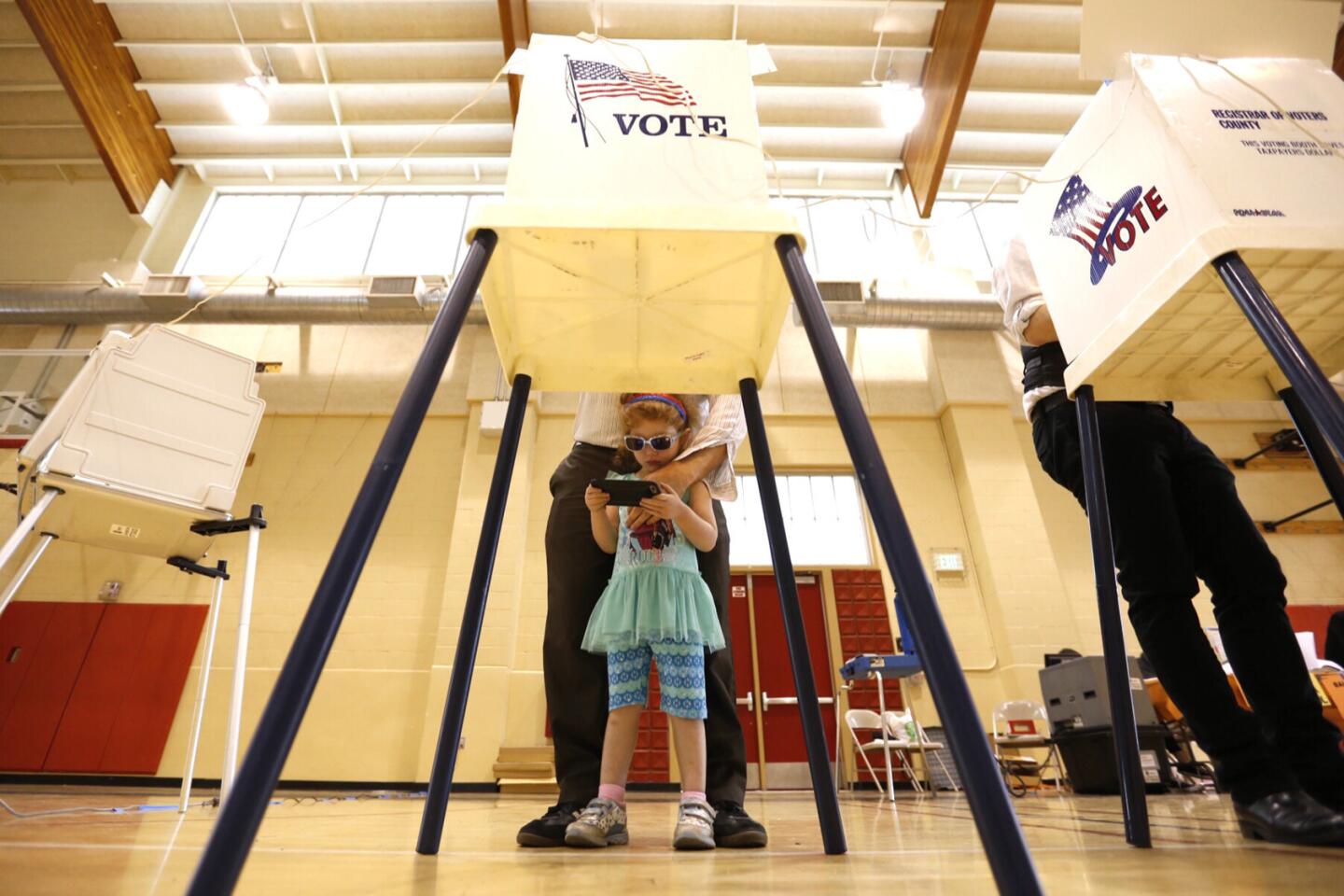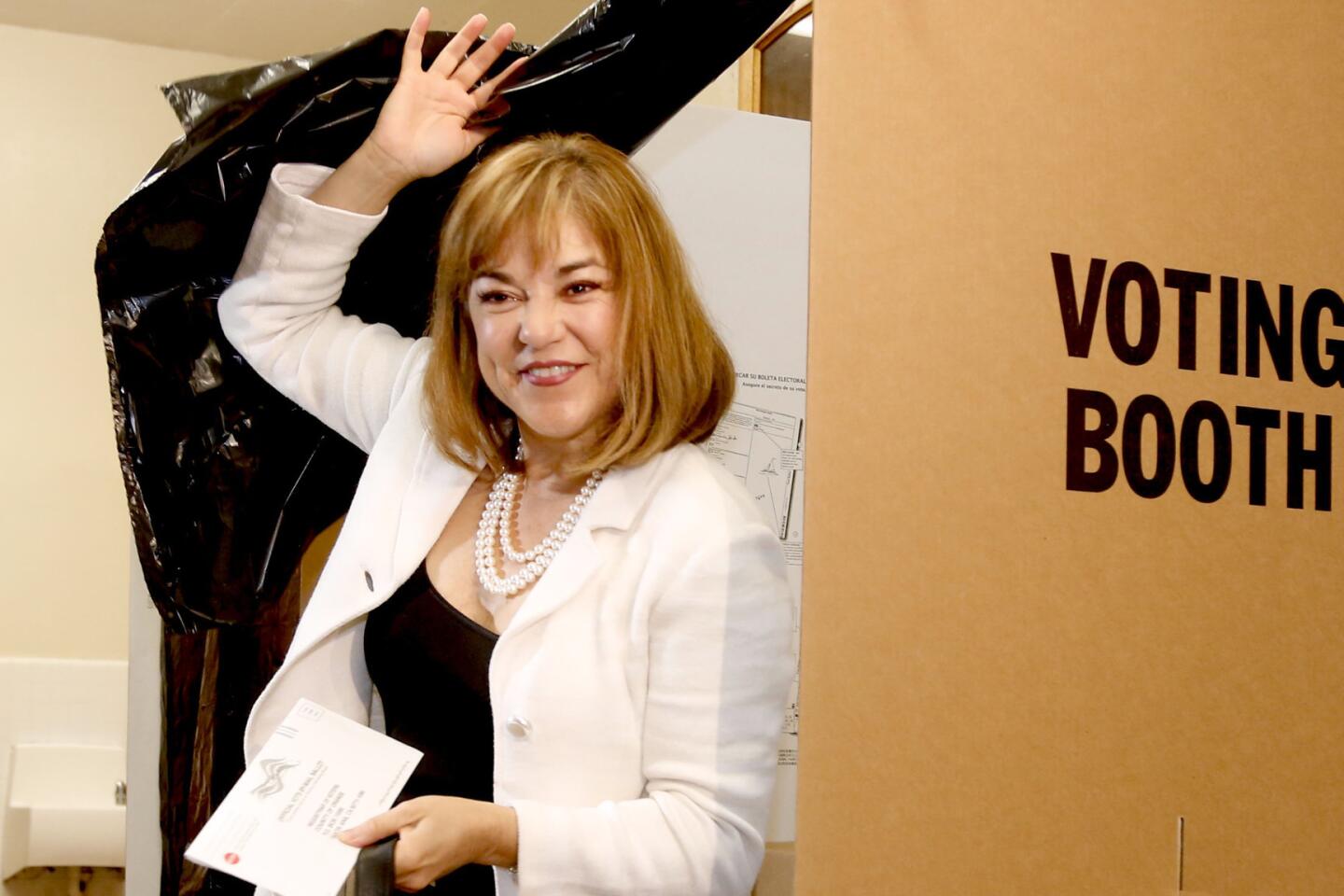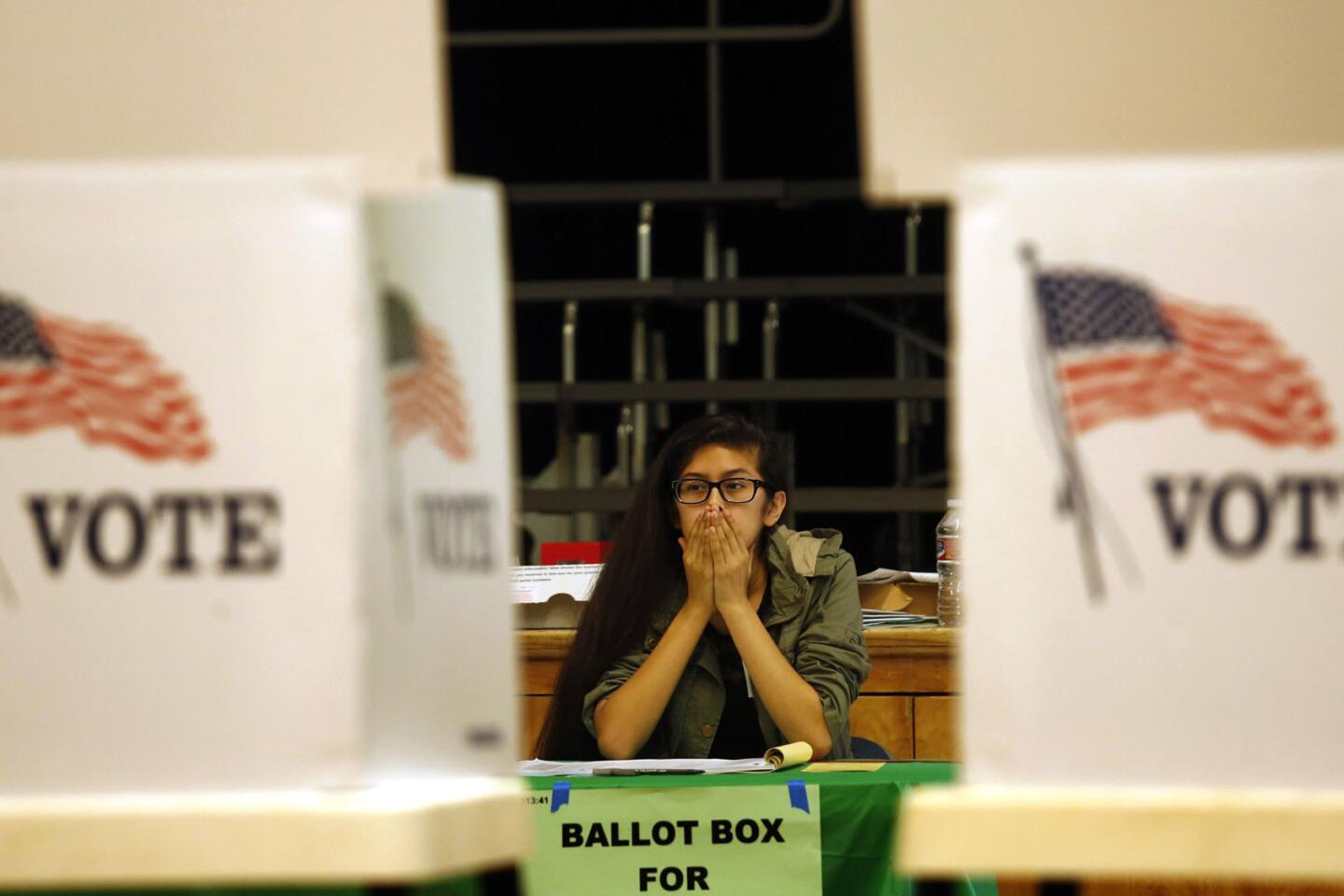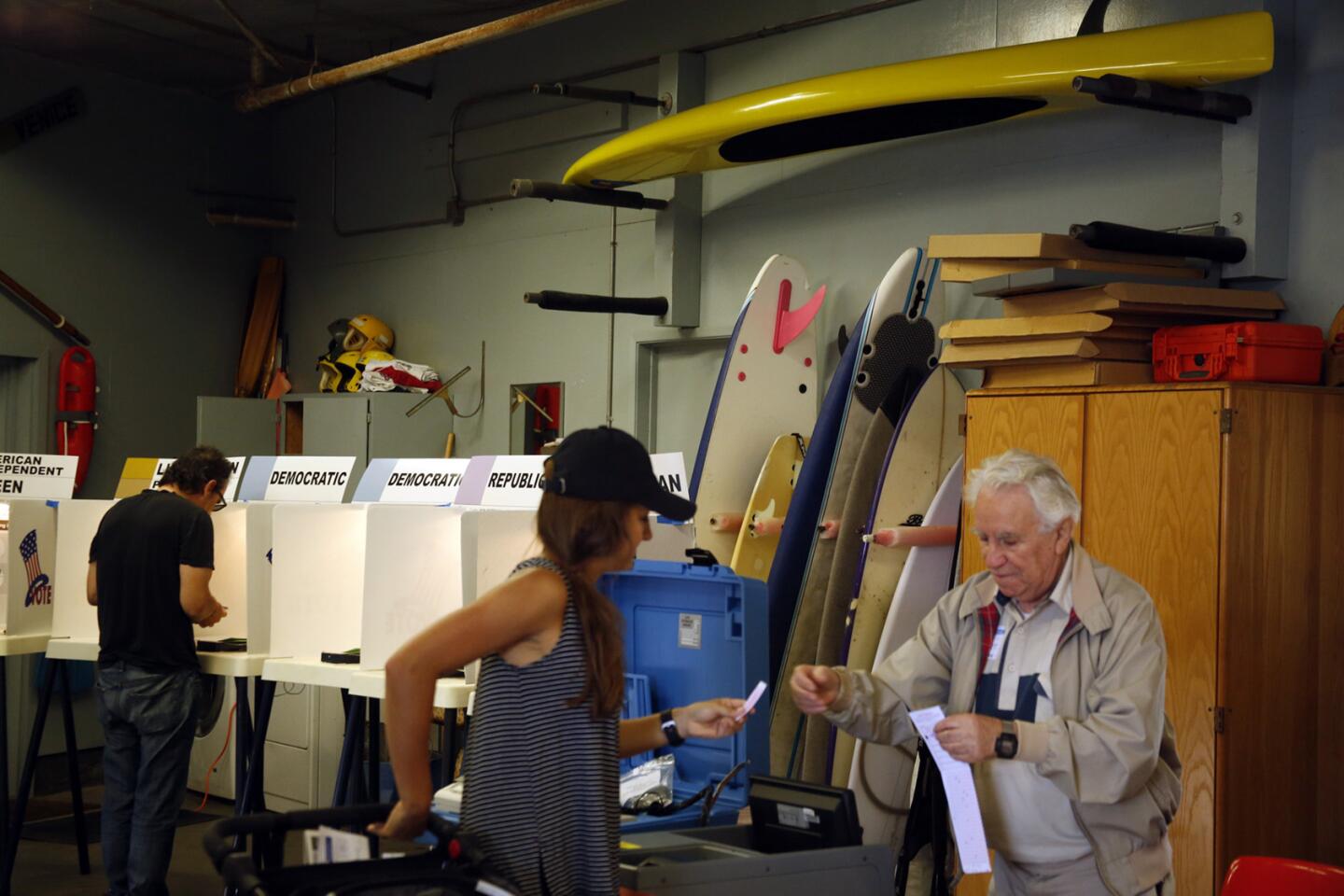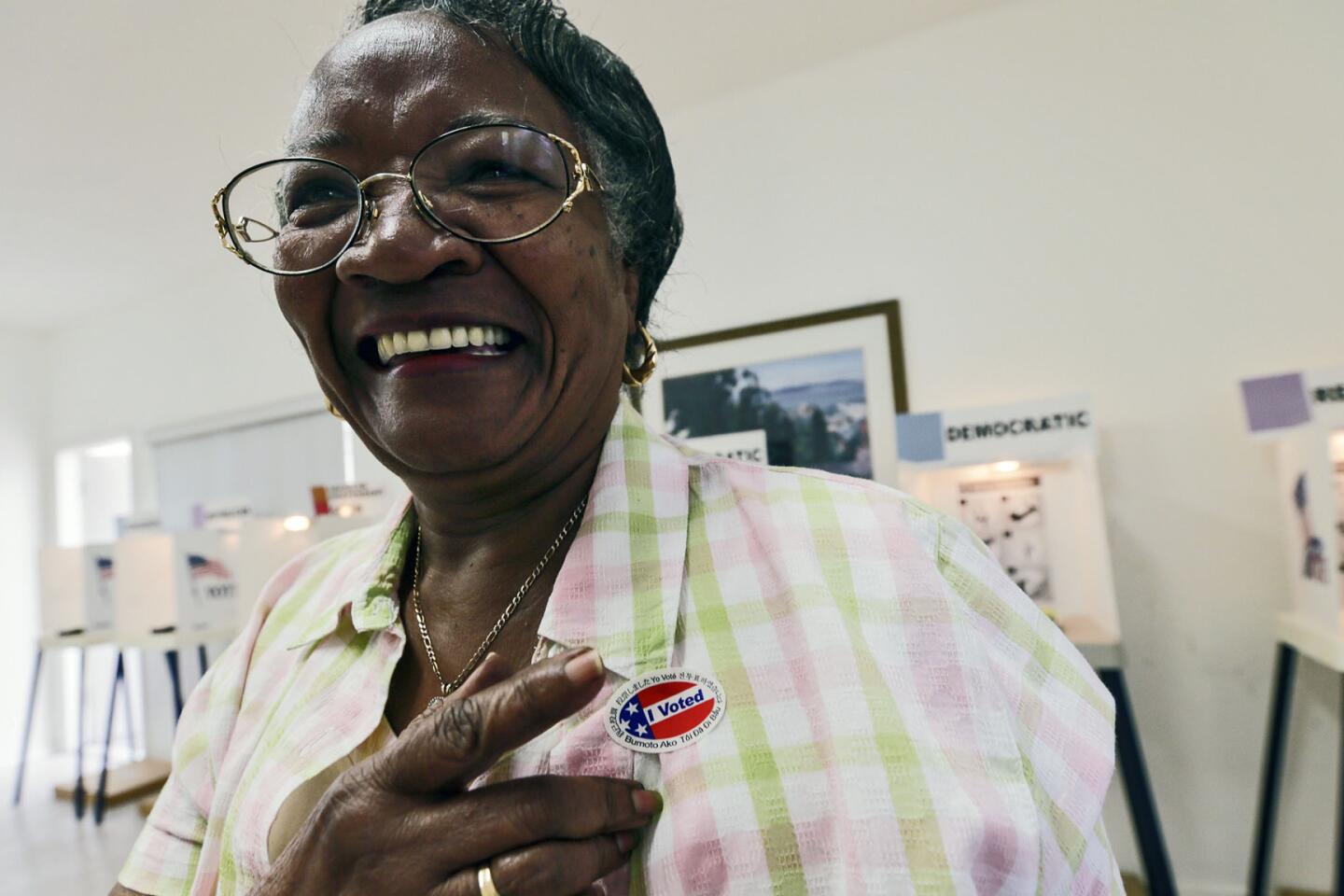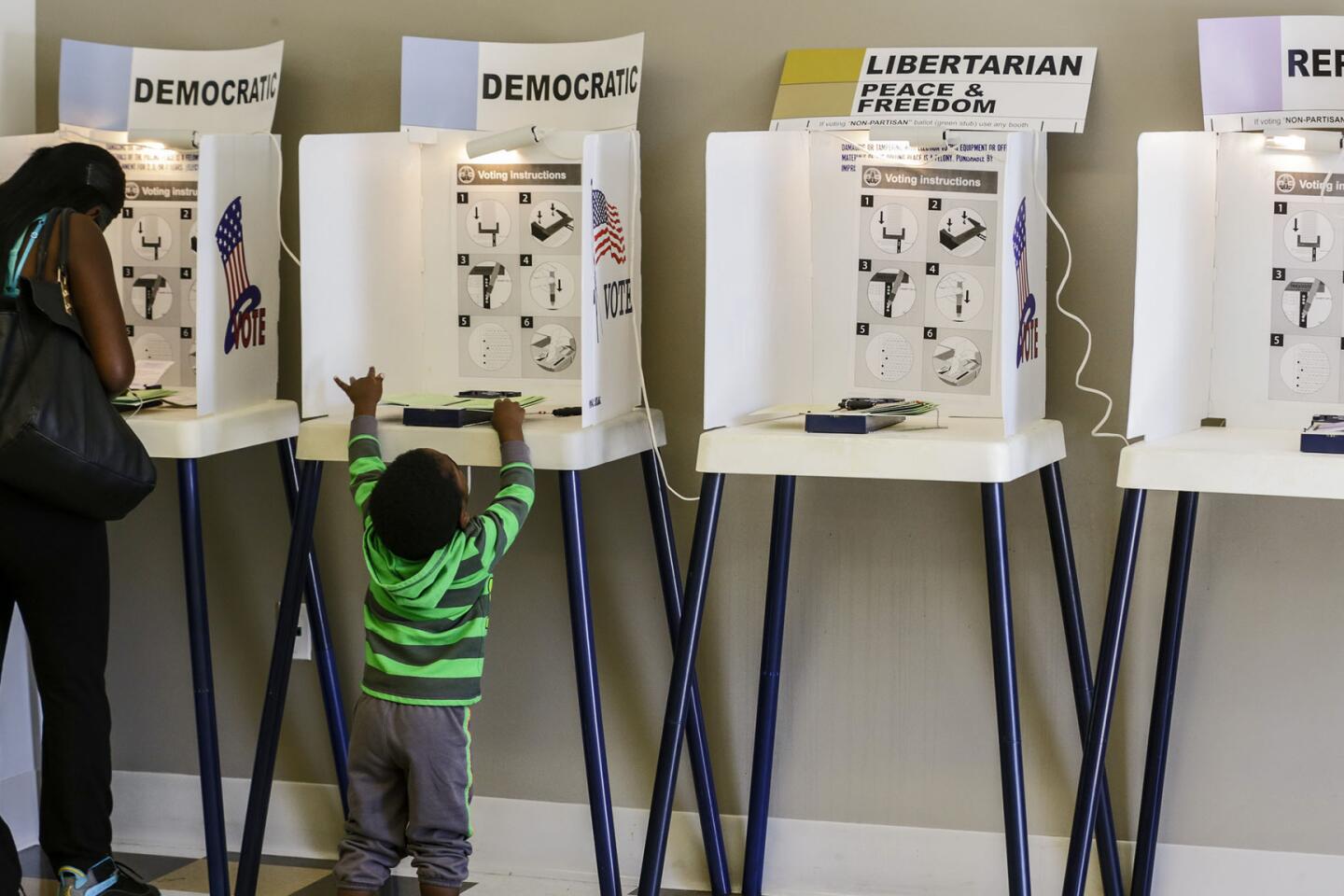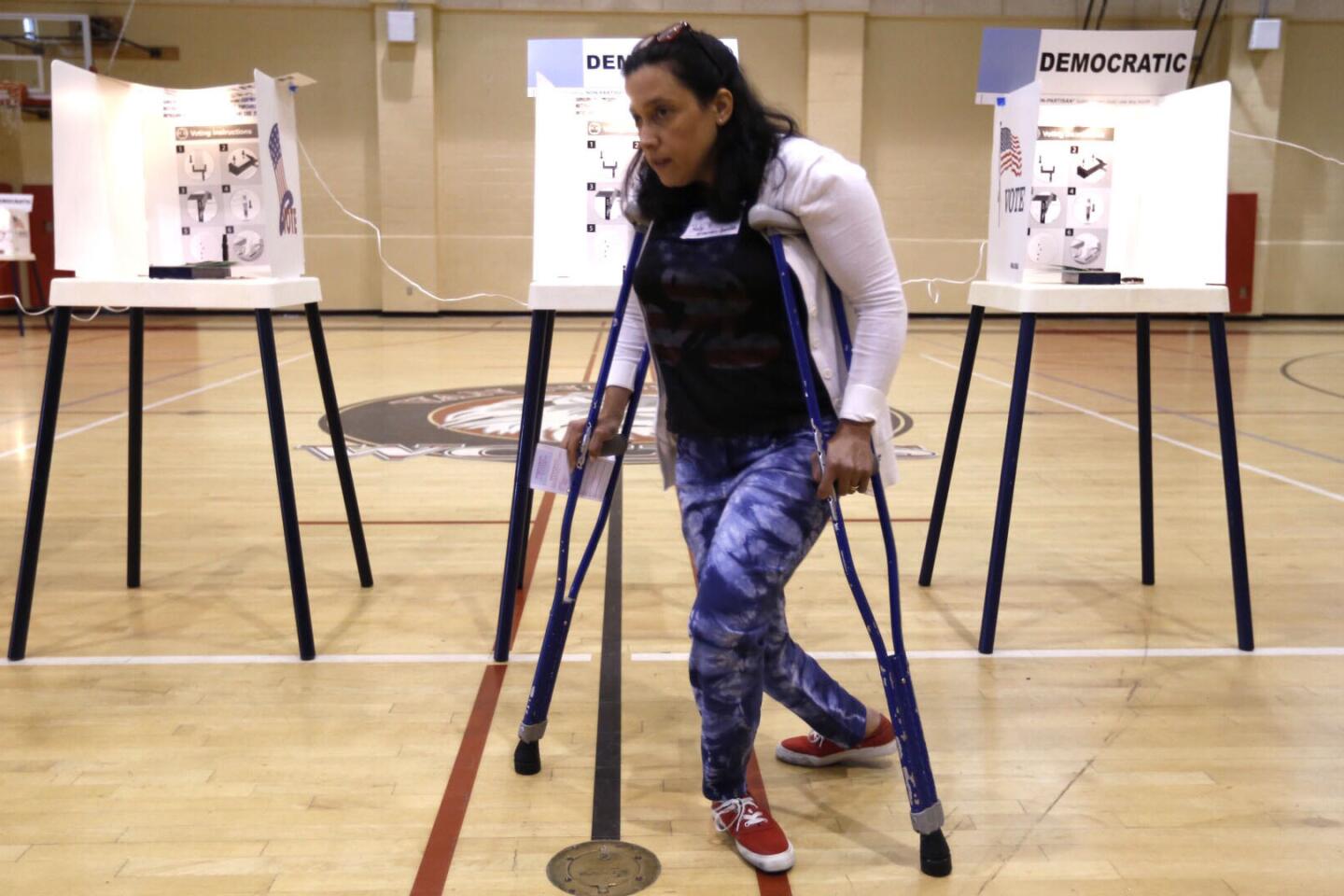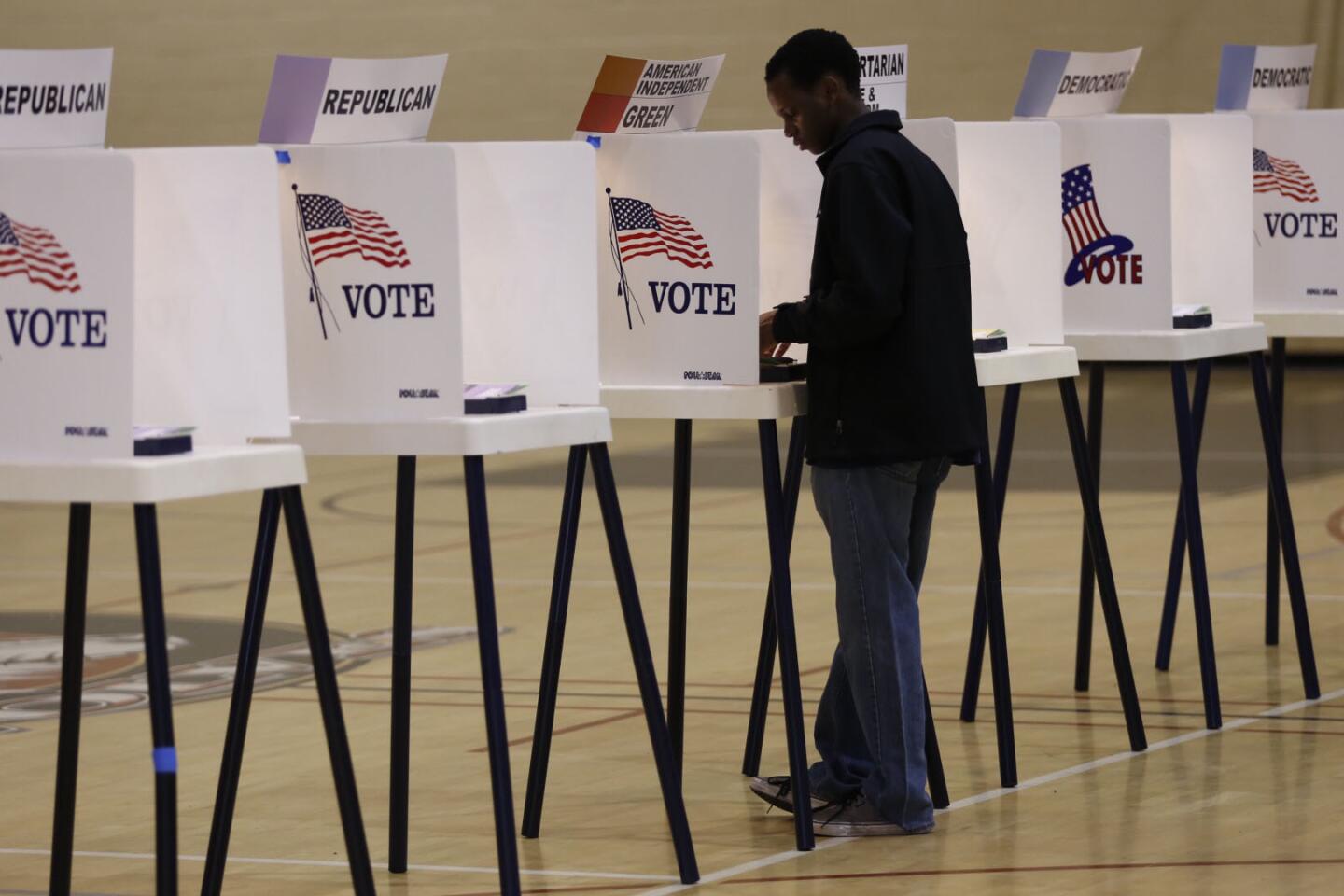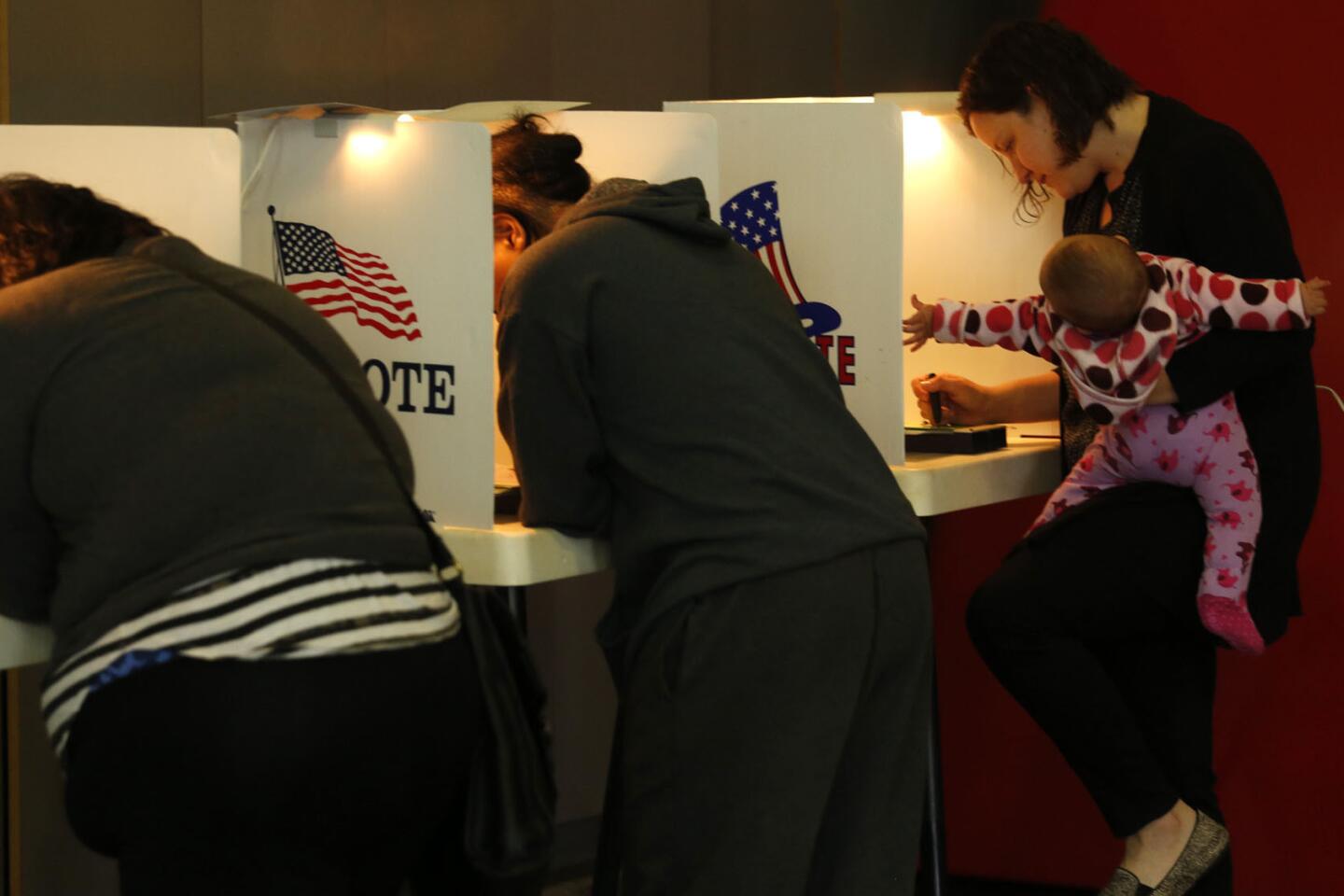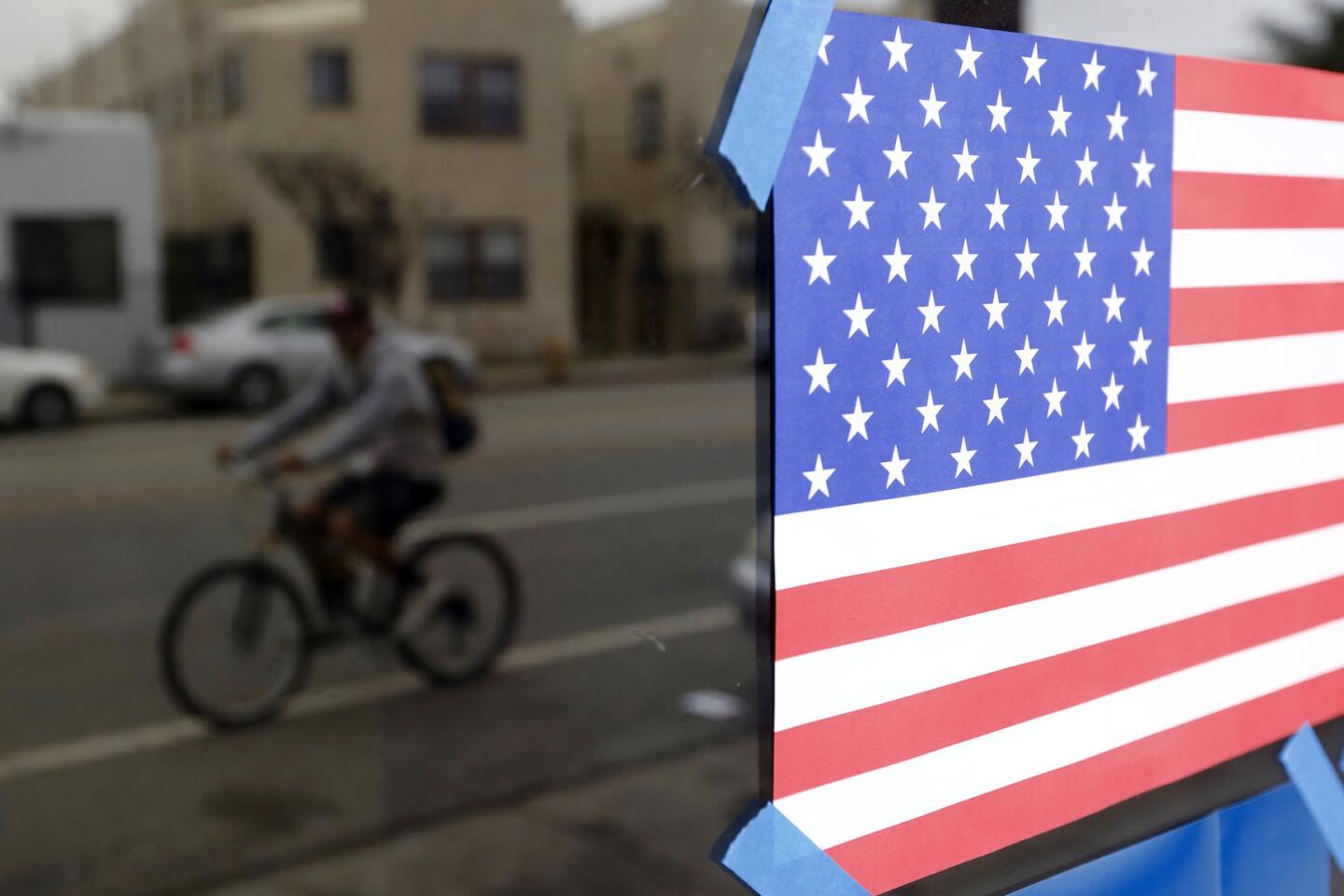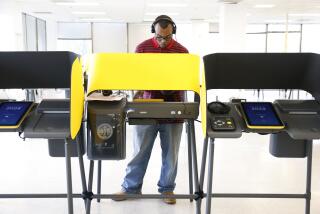Unusual election outcomes are the new normal with California’s top-two primary rules
For voters who spent decades – even lifetimes – trying to understand the rules for elections in California, the last four years of a new system have been a jarring jumble of candidates and choices.
The seismic shock responsible: an overhaul of the rules for congressional and legislative primaries. That change, promised as a way to reform state politics, tore down election rules that had been built by political parties to give a leg up to their preferred candidates.
What’s left is a system that’s far from settled, for either voters or candidates.
“It has no doubt upped the uncertainty factor,” said Dave Gilliard, a Republican political consultant who managed several legislative races across California on Tuesday’s ballot.
As many as two dozen races for the Legislature or Congress will pit same-party candidates against each other on Nov. 8, according to early returns from Tuesday. In most of those contests, it was outside money and the number of candidates on the primary ballot – not political strategy – that shaped the outcome.
Urged along by then-Gov. Arnold Schwarzenegger, voters approved a top-two primary system in 2010. In many ways, the change was liberating: Voters of all persuasions choose from a single list of candidates, no matter the party. The two who receive the most votes, even if they are from the same party, move on to the general election in November.
Schwarzenegger boasted at the time that the new system “would change the political landscape in California, finally giving the voters the power to hold politicians truly accountable.”
Testing any new level of accountability is difficult. Easier, though, is assessing its effect on campaigns.
“We, as campaign operatives, have no control of our campaigns anymore,” said Katie Merrill, a Democratic campaign strategist.
Merrill said that long before candidates decide to run, the first thing they must now do is decide whether the new rules help or hurt them. The former system gave political parties and their powerful backers — organized labor, conservative activists and beyond – the upper hand.
In some cases, the top-two system has changed things. Now candidates, especially Democrats, often tout their centrist credentials.
Full results from the California primary »
“Many of these candidates may not have chosen to run in a closed primary,” Merrill said. Primary elections historically have brought out the most liberal or conservative voters in the two major parties and often had a small enough turnout that a few of those die-hard voters could swing the result.
The new system has been especially tough on incumbents in the Legislature. In the five elections preceding the new system, only 8% of Assembly members and 2% of state senators faced a challenge from inside their political party. Since 2010, those numbers have skyrocketed.
In the state Senate, 28% of incumbents have faced same-party challenges. In the Assembly, the figure is 21%. In the congressional races, 12% have been same-party contests since 2010.
In one example, 40-year Democratic Rep. Pete Stark of Fremont was the first to be toppled by a younger challenger from within his party.
“The system has encouraged more candidates to run,” said Eric McGhee, a research fellow at the nonpartisan Public Policy Institute of California.
McGhee has spent several years attempting to measure the effect of not only the top-two primary, but also the state’s creation of an independent citizen commission to draw political boundaries.
Even when accounting for other factors, he said there is something to the argument that the top-two primary, by widening the net of potential candidates and voters, has led to at least incrementally more moderate lawmakers.
Democrats, who are California’s overwhelmingly dominant political party, have seen the most change in which candidates choose to run.
“In a closed Democratic primary” of days past, said Merrill, “you would not have positioned yourself as a moderate and expected to win.”
Although fewer Republicans have moved toward the ideological center, they too know winning one of only two spots on a general-election ballot often means broadening their sights beyond the party faithful.
But that doesn’t mean a broad appeal to middle-of-the-road voters, but instead to just a few who can push a candidate into the November runoff, Gilliard said.
“We had to decide which non-Republicans we could really communicate with,” he said of the races on Tuesday’s ballot. “We have to go in and pick out just a handful of voters that we think are persuadable.”
That costs money, one of the other noticeable changes since legislative and congressional primaries were opened up to all stripes of voters. In particular, it’s driven a tremendous amount of money into political action committees that are unaffiliated with candidates.
In the Tuesday’s primary, about $25 million was spent by outside groups to influence the outcome in races for the Legislature.
Over the next few days, the number of same-party races on the November ballot could grow. Potentially millions of votes are still to be counted, and several legislative races ended on Tuesday with a few hundred votes – or fewer – separating the second- and third-place finishers.
“I think there is more uncertainty,” said Merrill of elections under the top-two rules. “And I think that’s why a lot of us continue to hold our breath on election night.”
Follow @johnmyers on Twitter, sign up for our daily Essential Politics newsletter and listen to the weekly California Politics Podcast
ALSO:
Are special interests trying to buy their way into the Legislature?
San Bernardino Assembly race could redefine what it means to be a Democrat
Updates on California politics
More to Read
Get the L.A. Times Politics newsletter
Deeply reported insights into legislation, politics and policy from Sacramento, Washington and beyond. In your inbox three times per week.
You may occasionally receive promotional content from the Los Angeles Times.

